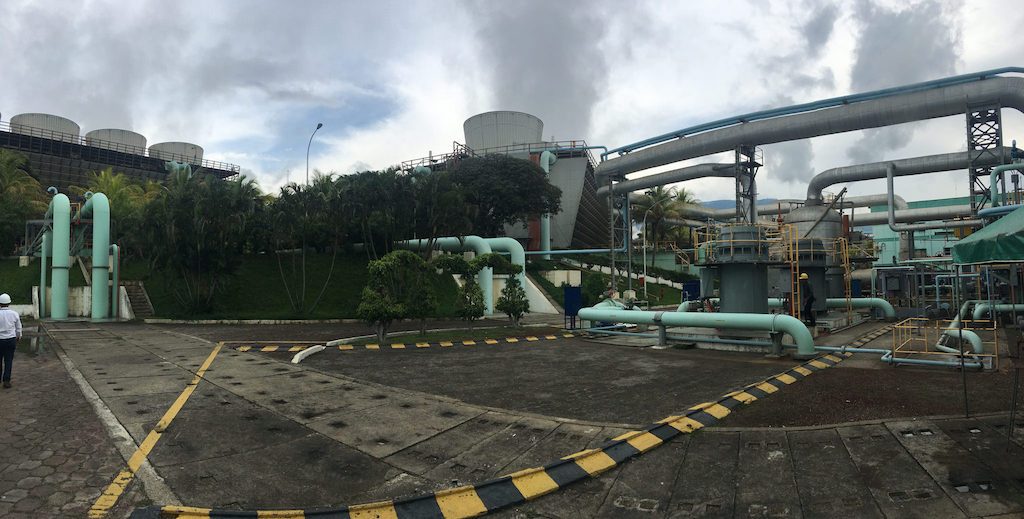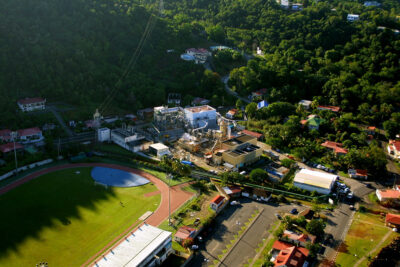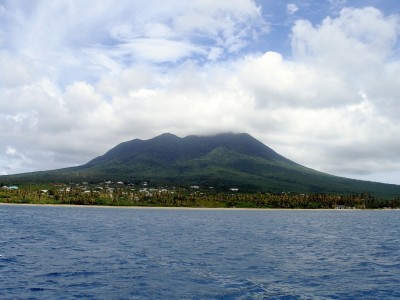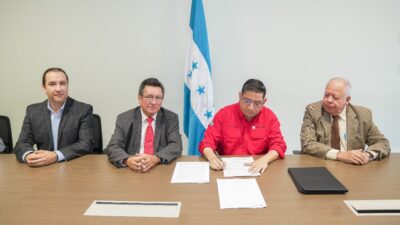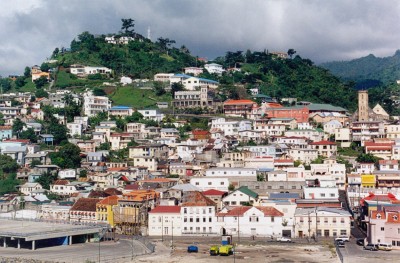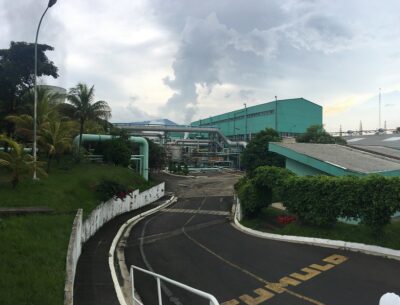El Salvador pushing further geothermal development with up to 644 MW potential
With a geothermal power plant being built at Berlin and additional development at San Vicente and Chinameca, El Salvador could expand its geothermal power generation capacity by 87 MW in the next 5-6 years.
Today, geothermal energy contributes more than 20% of the electricity consumed in El Salvador. With its resource potential of 644 MW, it only taps around one third of it for power generation.
In El Salvador, the company dedicated to geothermal power production is LaGeo SA de CV, a subsidiary of the Executive Hydroelectric Commission of the Lempa River (CEL). [With recent restructuring though it seems that both companies are operating in parallel.]
The country is putting an emphasis on technical, responsible and transparent management of the country’s geothermal resource, as part of a five-year period Economic Takeoff Plan presented two weeks ago by the President of the Republic, Nayib Bukele.
Regarding the participation of this type of energy within the energy matrix of El Salvador, the state company explained that by the end of 2019 it was 21.8%. “That demonstrates the important role that LaGeo plays in the generation and contribution to the diversification of the country’s energy matrix,” he said.
In terms of generation, he added that last year’s average was 1,373.4 GWh, reflecting “the efficient management of geothermal wells and timely maintenance of plants and fields.”
Geothermal fields
Along the volcanic chain of our country there are important points of geothermal generation, which are managed by LaGeo. Among these are the geothermal field of Berlin, in Usulután, which is associated with the Tecapa volcanic system, with an installed capacity of 109 MW.
In addition, the Ahuachapán fields, which is part of the Laguna Verde and Las Ninfas volcanic system, with an installed capacity of 95 MW.
The portfolio also includes the San Vicente field, which is associated with the Chichontepec volcanic system. This field is under development and is part of the key projects for this five-year period with an estimated potential of 30 Mw.
Another geothermal field is that of Chinameca, associated with the Limbo and Pacayal volcanic system, also under development with an estimated potential of 50 MW.
According to the state, currently the estimated potential of geothermal generation reaches 644 MW, of which a third is already being used for the generation.
At this point, the Economic Commission for Latin America and the Caribbean (ECLAC), argues that the production of geothermal energy in El Salvador in the last decade although it has experienced growth, the trend has been rather stable.
In 2011, for example, the country generated 1,430.0 GWh, while in 2018 it was 1,437.3 GWh.
LaGeo explains that this is because the development of important projects must be carried out in stages in order to adequately manage the investment risk and ensure the proper use of subsoil steam.
In addition, the stages of this entire research process begin with the recognition of the potential in the area, surface exploration, deep exploration, development and operation of the field-plant system and other complementary aspects, which implies times between 5 and 10 years for geothermal project.
Despite that, El Salvador has managed to place worldwide in the first five first places in the production of geothermal energy, “which makes us a benchmark in Latin America,” LaGeo said.
Future fields
LaGeo has projects in the inkwell as the assembly of new plants. One of those projects is the binary cycle unit II (of 7 MW) in the Berlin field, which will be ready in 2021.
The 10 and 25 MW condensing units for the San Vicente and Chinameca projects, respectively, which will begin operations in 2023.
In the long term, they also expect to install the 20 and 25 MW condensing units in the San Vicente and Chinameca fields, in San Miguel, respectively, for the start of operations in 2026.
“All this will allow to increase the installed capacity of the Salvadoran geothermal by 87 MW, thus giving a great contribution to the generation of clean and renewable energy and increasing the participation of LaGeo in the national energy matrix,” LaGeo reported.
However, the main challenge is to develop short, medium and long term projects that contribute to the use of the estimated geothermal potential, and therefore, increase the participation of said sector to the national energy matrix.
In this regard, a World Bank publication ensures that the development of these new fields in San Vicente and Chinameca, in the center and east of the country, and the modernization and expansion of the fields in Berlin and Ahuachapán, will undoubtedly increase capacity installed from this energy source.
The multilateral agency maintains that this commitment is key to energizing the economy of El Salvador, since it will open up more labor and economic opportunities for the population, in particular, for the populations surrounding the geothermal fields.
The German Agency for International Cooperation (GIZ) also plays an important role in promoting this type of energy, through the Geothermal Development Program in Central America (FoGeo).
This program seeks to improve the investment climate for greater use of the geothermal resource (heat of the earth), both for the generation of electricity and for direct use applications, such as for an industrial process of drying coffee or dehydrated of fruits.
Since 2016, FoGeo includes technical advice and exchange and training spaces focused on the use of this energy, considered stable, reliable and available 365 days a year.
The German agency considers the fact that El Salvador develops energy projects taking advantage of renewable resources such as the sun, wind, water and heat of the earth, very positively as this reduces the dependence on fossil fuels.
In this way, the country causes positive impacts on the environment, through the decrease of greenhouse gases in order to inherit a planet worth living for new generations.
Source: ElSalvador.com
